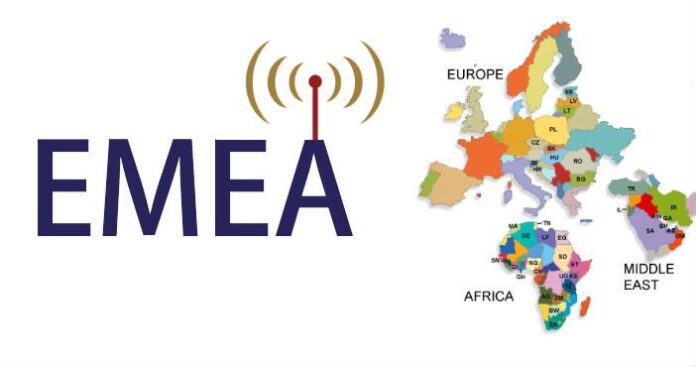Claudia Bacco, Managing Director – EMEA for RCR Wireless News, has spent her entire career in telecom, IT and security. Having experience as an operator, software and hardware vendor and as a well-known industry analyst, she has many opinions on the market. She’ll be sharing those opinions along with ongoing trend analysis for RCR Wireless News.
This week I had the opportunity to discuss the “Internet of Things” with SIGFOX, a startup company that looks at the market from a different angle. It believes that the IoT is yet to happen and that it solves some of today’s limiting factors – cost and battery life.
The company’s view of the market is allowing devices to connect via their own network with very low power consumption – extending the life of the batteries in those devices. Interesting concept, but how does it work? The connectivity solution is based on an antenna and base station infrastructure, but is completely independent of existing cellular networks. The goal is to launch a low-throughput-only network in 60 countries within the next five years.
The radio technology it uses is ultra-narrow band. Based on cellular technology, this two-way solution requires very low energy consumption. The radios are programmed to sleep when not in use and wake up only when there is a message to be sent. The network that connects all of the “things” operates in ISM bands that are unlicensed and co-exist in these frequencies with other radio technologies. Currently, the bands they utilize are on 868 MHz in Europe and 902 MHz in the U.S. At the simplest level SIGFOX is building a WAN based on cellphone technology but without the cost of pricey base stations and backhaul. The company’s equivalent of one base station can support a city that generally requires 100 traditional wireless base stations. As far as backhaul, the savings are also magnitudes lower. To conceptualize the size of these messages better, consider this: Sending 600,000 smart meter messages uses the same amount of bandwidth as watching one Netflix show. Let that figure settle in for a minute. They also provision very slow backhaul. Basically a 12 byte limit with a limit of 1,000 messages per day.
The company’s goal is not to address all IoT markets, as you will see it fits into a specific niche. The statistics it shares for the market spread are as follows:
- 10% of the IoT market requires fast data transfer, low latency and high bandwidth. For example the connected car space.
- 45% of the market consists of requirements that can be supported via Wi-Fi networks – many of the in-home requirements, for example.
- 45% focused on enterprise requirements, outdoor locations and sensors requiring a managed solution. This is their sweet spot.
One example of a managed service the company is supporting in Europe is managed smoke detectors. SIGFOX is working with an insurance company that provides discounted rates to customers willing to have their “smoke detector as a service” type of product. Basically, the smoke detector sends a message once per day that it is working properly. In the long run the company believes this will substantially reduce the number of fires that go undetected until it is too late.
The solution is currently live in Spain, France, Russia, the Netherlands and the U.K. through local partners. An example of how these relationships work can be seen in the recent announcement with Arqiva in the U.K.

